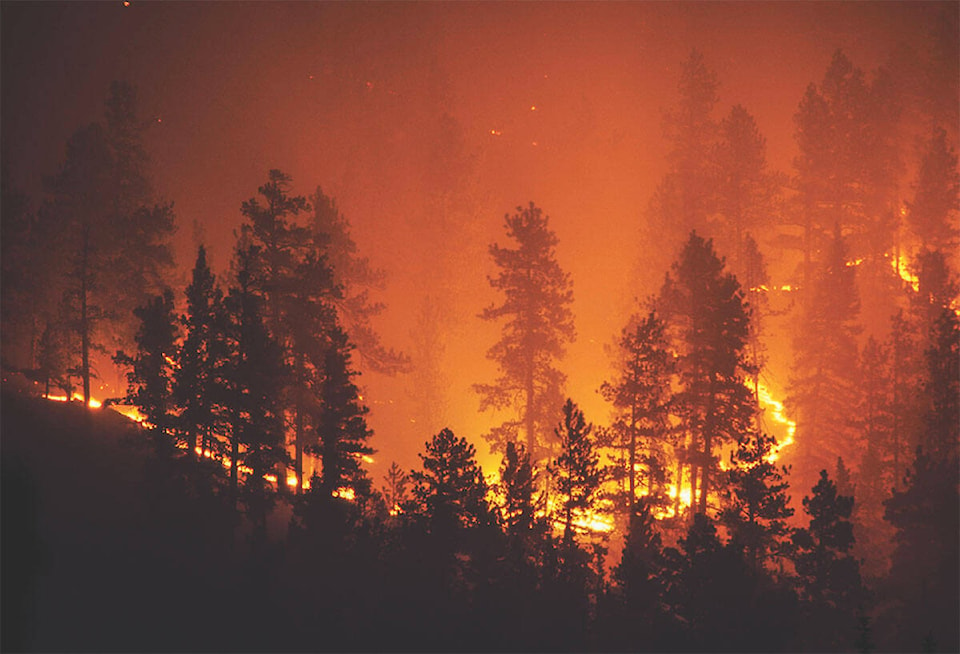The Government of Alberta is saying that despite facing hot summer conditions, Alberta’s 2021 wildfire season saw less area burned than average.
Although wildfire season has come to a close Albertans are being advised to remain cautious when enjoying the province’s forests as dry conditions can continue outside of wildfire season through the fall and winter months.
During the 2021 season, a total of 1,307 wildfires burned 52,955 hectares of land. This is in comparison to the five year average of 1,123 wildfires burning 317,326 hectares between 2016 and 2020.
“Our world-class wildland firefighting staff have worked diligently to keep Albertans and their communities safe,” said (now former) Alberta Minister of Agriculture and Forestry, Devin Dreeshen.
“Despite seeing more wildfires than average starting over the dry spring and summer months, our expert staff were very successful in managing the fires, leading to less forest area being burned.”
Due to an absence of large-scale wild fires in Alberta this summer, the province was able to help eight other jurisdictions fight their fires this summer. Alberta exported a total of 492 firefighters, an aircraft and equipment to agency partners in need.
Of this 111 firefighters and 64 support staff were sent to B.C. and 250 firefighters and 12 support staff were sent to Ontario. Alberta also sent support to Manitoba, Quebec, the Northwest Territories, Alaska, Washington, and the Canadian Interagency Forest Fire Centre.
62 per cent of the wildfires this season were caused by human activity, 33 per cent were caused by lightning and approximately five per cent are still under investigation. The province says on average that the total number of human-caused wildfires has been declining in recent years.
The main causes of human-caused fires include leaving campfires unattended, burning debris, sparks from off-highway vehicles, and arson.
This winter fire permits are not required in the Forest Protection Area however, best practices should still be followed for fall or winter burning. Check fall and winter burn sites in the spring to ensure they are completely out — fall wildfires can continue to smoulder over the winter and reignite above ground in the spring.
shaela.dansereau@pipestoneflyer.ca
Like us on Facebook and follow us on Twitter
